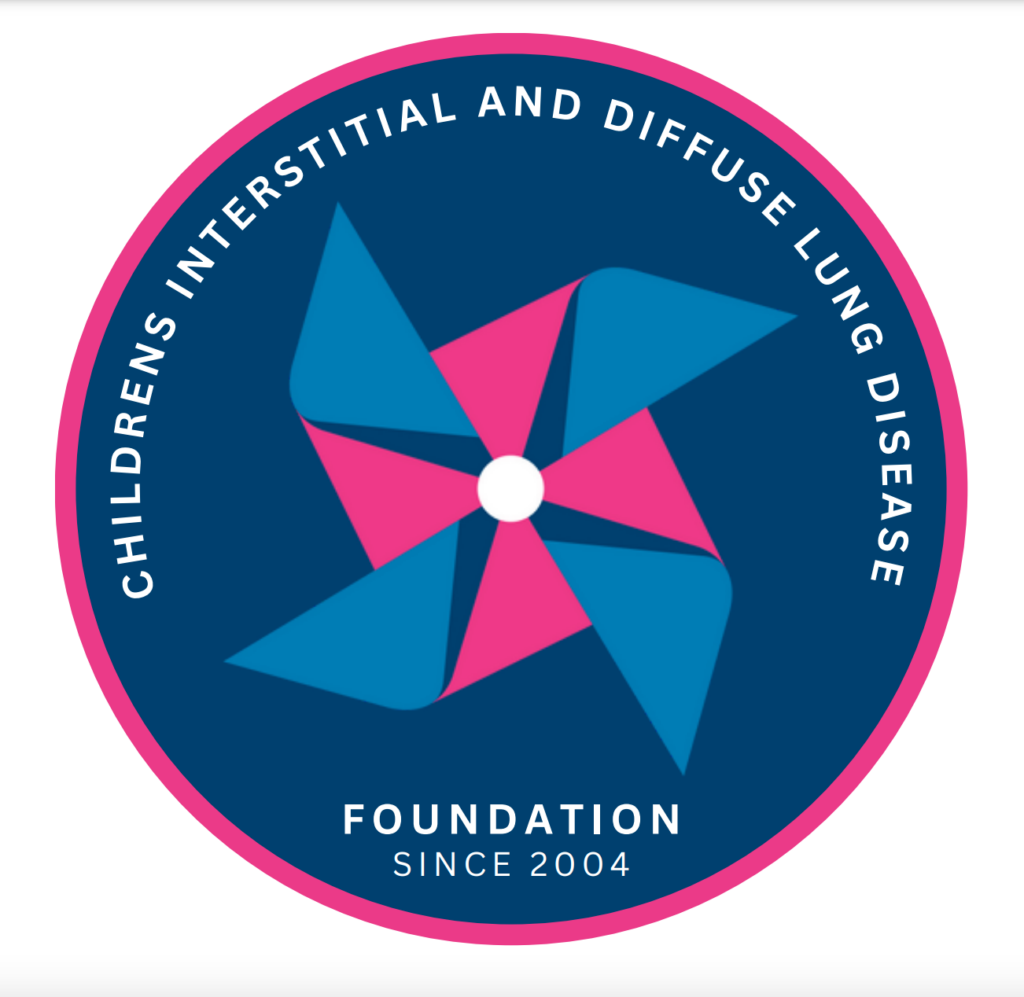What is Congenital Alveolar Dysplasia?
Lungs start to develop early in pregnancy. They continue to grow during childhood and don’t stop until adulthood. It is important that the airways, air sacs, and blood vessels are lined up in the right way. See the section on normal lung development to learn more.
Congenital alveolar dysplasia happens when the air sacs of the lungs do not develop normally. Sometimes the blood vessels aren’t in the right places. This makes it harder for the lungs to move oxygen to the body. This can also be called acinar dysplasia.
Babies with congenital alveolar dysplasia have trouble breathing. They can have low oxygen levels and high pressures in their heart. Babies can have trouble very quickly after birth and usually need help breathing to stay alive. Babies with mild alveolar dysplasia may just have trouble breathing with illness.
Diagnosis:
Congenital alveolar dysplasia is possible when babies have trouble breathing soon after birth. Several tests may need to be done. These include:
- A chest x-ray could look normal. It might show areas of haziness in the lungs.
- A lung scan (Chest CT) may show signs of abnormal lung development.
- A heart ultrasound (ECHO) can show high pressures in the heart.
- Lung Biopsy is usually needed for the right diagnosis. This will show abnormal lung structure. The air sacs may look abnormal. The blood vessels and airways may not be in the right places.
- Genetic Testing may show mutations in genes that may cause abnormal lungs.
Treatment:
Treatment of congenital alveolar dysplasia is to support breathing. Babies usually need help with positive pressure. They may need a breathing tube and a ventilator.
Medicines are used to help with breathing and with high pressures in the heart. Babies who are very sick may need a treatment called ECMO (extracorporeal membrane oxygenation). They may need lung transplant to survive.
What does Congenital Alveolar Dysplasia mean for my child?
Each baby is different. They can have mild problems that just need oxygen. They can be very sick and may die without lung transplant. Your medical team will help you learn what your baby needs.
It is important to protect your child’s lungs from infection by making sure they get the recommended vaccines.
What to watch out for:
- If your child is working hard to breathe, talk to a health care provider. If possible. ask to see a lung specialist who is experienced with these conditions.
- Try to prevent infections from common childhood illnesses. Wash your hands often and ask your friends and family to let you know if they are sick before they are around your child.
- Get your child’s vaccines and yearly flu shot.
This information is for Educational Purposes only. It should not be used as a substitute for the medical advice of one’s healthcare provider.
Sign Up on our website for information about events and to communicate with other families.
Author(s): Zena Ghazala Reviewer(s): Katelyn Krivchenia Version:
